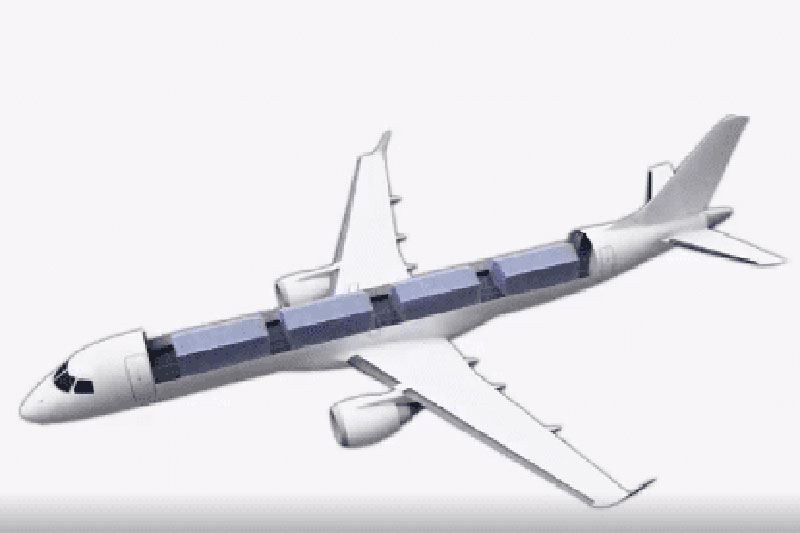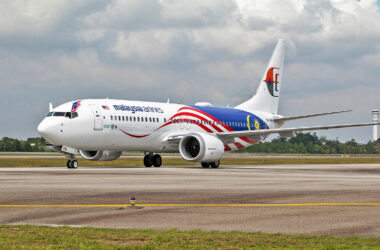Embraer and Pratt & Whitney are evaluating the right time to put the E175-E2 into service, the engine manufacturer informed the Leeham News website.
Smallest variant of the new E2 regional jet family, the E175-E2 has no customers and was postponed to 2024.
Leeham News learned last week that Embraer and Pratt & Whitney had frozen the development and production of the PW1700G engine for the next three years, which reinforces the impression that the future of the aircraft depends on changes to the scope clauses of US airlines.
The E175-E2 is too heavy to fit current scope clauses, which limit planes used by US regional airlines to carrying up to 76 passengers and with a maximum takeoff weight of 39 tons.
Embraer was hoping for a relaxation of the rules by the pilots unions, however, the change is not expected to occur. In its current configuration, the E175-E2 is not attractive in the US market it was designed for.

Passenger to Freighter Conversion
With few sales, the E2 next-generation jet family has mostly held up with orders for the E195-E2, the largest variant, with a capacity of 136 seats.
Embraer has also secured a fair number of deals for the first-generation E175, the only regional jet in production that meets scope clauses. The aircraft, however, has a production deadline, the year 2027, when new pollutant emission restrictions will be implemented preventing its sale.
A short-term solution for planemaker appears to be the cargo segment. Embraer is expected to launch a program for converting passenger E-Jets to freighters, known by the acronym P2F.
The Brazilian company presented some data about the future program, capable of offering a load capacity of 14 tons with an autonomy of about 2,000 nm (3,704 km).
Demand for air cargo has grown due to the pandemic and e-commerce, and the first generation E190 and E195 jets could be an interesting option for short and medium range routes.
Embraer estimates that the smaller freighter segment will need up to 700 aircraft over the next 20 years.






